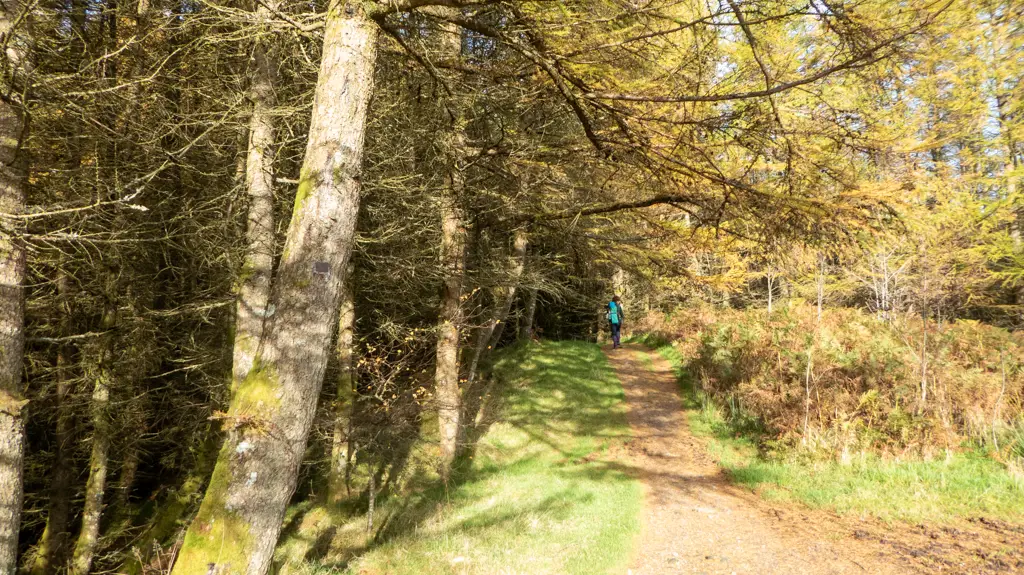When it comes to walking Scotland’s long-distance trails, surely no experience is more authentic than taking to the hills and falling asleep under the stars. Camping on the West Highland Way is arguably one of the best ways to experience the trail and there are an array of official campsites along the route, as well as plenty of opportunities for wild camping.
The links to Amazon on this page are affiliate links. As an Amazon Associate Winging the World earns from qualifying purchases.
Read more: (opens in new tab)
- West Highland Way Itineraries
- Great Glen Way vs. West Highland Way
- Packing List for the West Highland Way
- Accommodation List for the West Highland Way
Wild Camping the West Highland Way
Scotland is one of the best countries in the world for hiking, not just because of its stunning landscapes but also because of the wild camping laws. Anyone planning to do some wild camping on their West Highland Way hike will want to check out the Scottish Outdoor Access Code which advises about your access rights in detail.
Have you planned your West Highland Way itinerary yet? Make sure you have a rough plan in place, especially if you plan on alternating between wild camping and hotel stays!
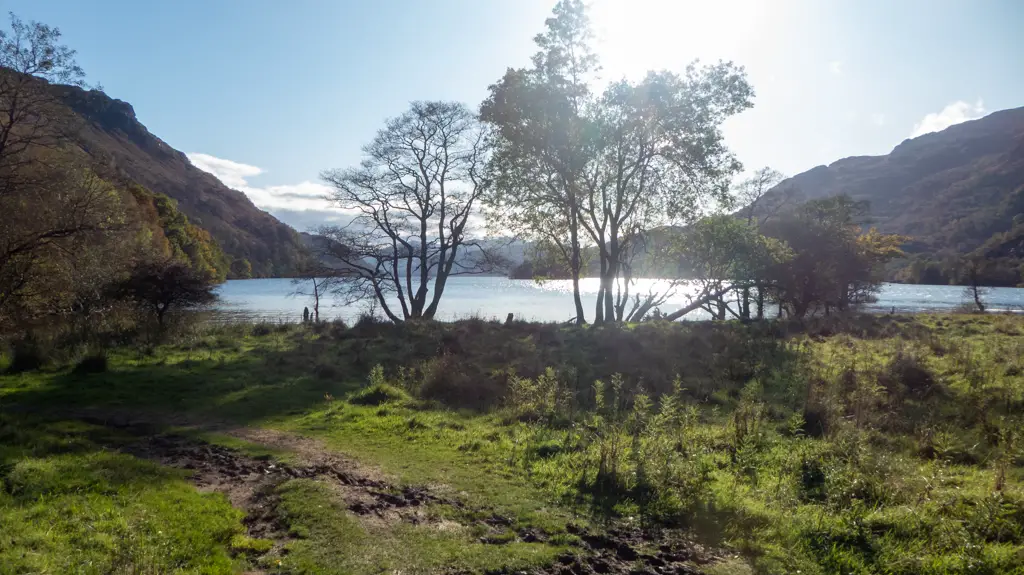
Wild Camping Restrictions on the West Highland Way
Although wild camping is generally allowed in Scotland, camping bylaws are in operation in certain areas due to overuse. From March 1st to September 30th, there are restrictions on wild camping in the Loch Lomond & The Trossachs National Park.
Bylaws help to minimise the environmental impact which results from the sheer numbers of people who visit the national park. Whilst there is a chance you could get away with wild camping illegally if you are savvy, we should all be striving to protect the national park to ensure it can be enjoyed by future generations. If you are caught flouting the bylaws, you could be fined up to £500. Read more about travelling responsibly.
If you want to camp around Loch Lomond where these restrictions are in place, you will need to seek out official campsites or purchase a camping permit.
Wild Camping Etiquette
- Act responsibly
Always be considerate of those around you and look after yourself. Do not act in a way that could annoy or upset others.
- Leave no trace
Take your litter with you and depart early in the morning. If possible, collect litter whilst you are on the trail and dispose of it responsibly. Leave no trace of your tent pitch. It is accepted that wild campers will have fires but please make sure you extinguish it completely and you bury the ashes.
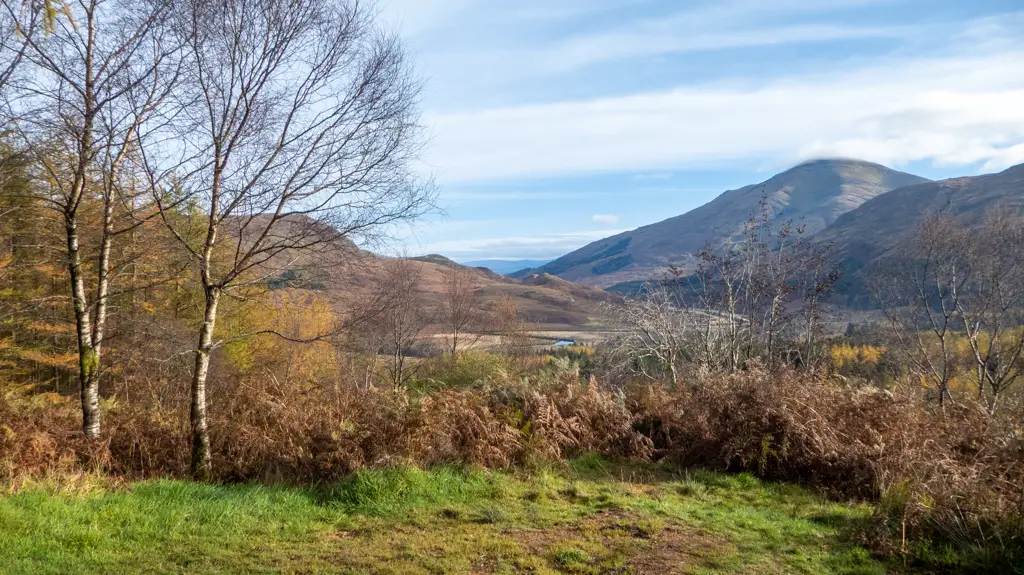
- Respect people’s privacy
Be mindful about where you camp in relation to the locals and other campers.
- Keep your dog under control (if applicable)
If you are hiking with a dog, do not allow them to worry farm animals. Keep your dog on a lead when required.
- Use a stove instead of lighting an open fire (if possible)
Collect firewood responsibly (fire-lighting is included in Loch Lomond & The Trossachs National Park bylaws). Don’t light open fires in forests or when it has been particularly dry.
- Camp in small groups only
Avoid camping in groups larger than 3 and only stay for a maximum of 3 nights in one place. Common leave no trace practice is a single night stay with the campers departing first thing in the morning.
- Avoid overcrowding
Seek out an alternative location if the one you find is already busy.
Best Wild Camping Spots on the West Highland Way
There are a few places to wild camp alongside Loch Lomond that fall outside of the restrictions. Look for isolated beaches with flattened ground.
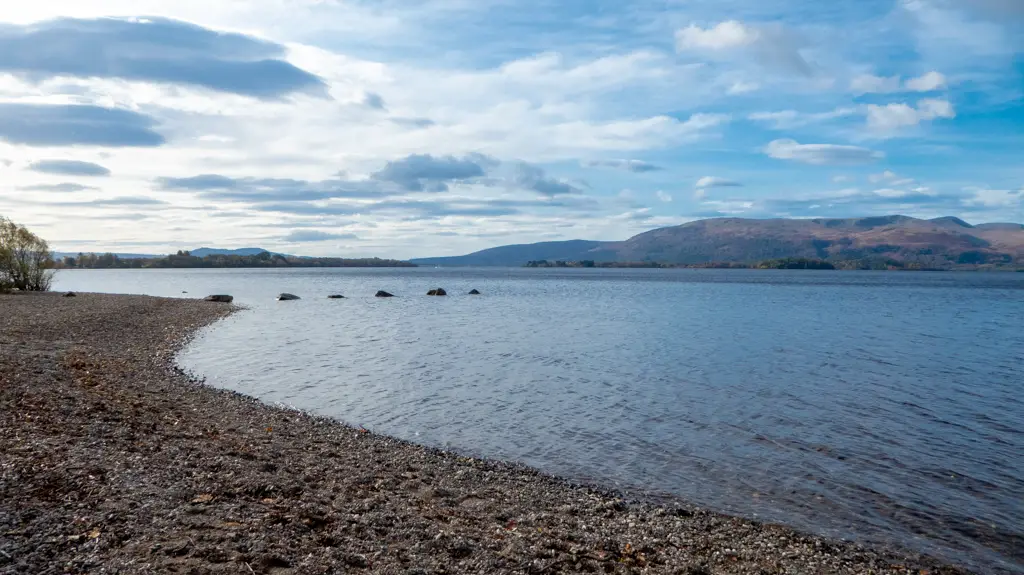
Wild camping spots are fairly easy to find once you have made it past the areas which are controlled by bylaws. There are some good places to wild camp just outside of Tyndrum, right up to Kinlochleven.
Two bothies are situated along the West Highland Way route, Doune Bothy and Rowchoish. Hikers can stay here for free. Some have limited cooking facilities and a fireplace. For more information about the facilities and locations of these bothies, make sure you invest in the Bothy Bible.
Choosing a Wild Camping Spot on the West Highland Way
Although I have listed a few vague areas which are ideal for wild camping along the WHW, it is hard to offer specific locations, owing to the changing condition of the trail, weather and various other external influences. My best advice for anyone looking to wild camp along the trail is to keep your eyes peeled and have a rough destination in mind.
How to choose the perfect wild camping spot:
- Don’t rush
Finding the perfect wild camping spot can take time and you may not see one in your desired area. For this reason, I recommend having a rough destination in mind, but adjusting this to plus or minus 1 km either side, just in case you find a great wild camping spot earlier or later than planned.
- Check whether the ground is flat
No-one wants to have to be battling with gravity whilst they sleep. Look for relatively flat ground which will stop you sliding down hills as you twist and turn.
- See whether the area is boggy
Always camp on dry land whenever possible. Anything that is a bit squelchy can sink, especially once more weight has been applied. You don’t want to wake up in the middle of a bog!
- Be wary of hollows
Whilst hollows can provide shelter from the elements, they are also the first places to gather water after a rainfall. Bear this in mind when choosing a place to camp.
- Look for shelter if it’s windy
If the wind if your main enemy, prioritise finding a sheltered spot. Grassy banks and forests do a good job of keeping out most of the wind. It is advisable to walk a bit further for protection from the elements.
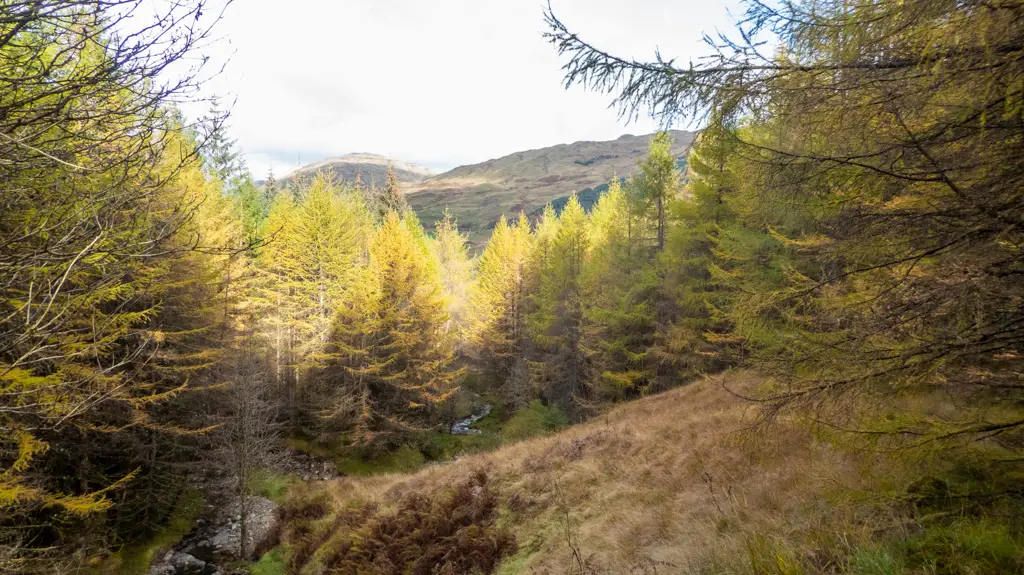
Camping on the West Highland Way (Official Campsites)
Ardoch House B&B – Blanefield
Close to the start of the West Highland Way, this property offers something for both high end stays and campers on the West Highland Way. It is ideal for those who start the trek late in the day and want somewhere to stop before Drymen.
There is a campfire area where you can toast marshmallows and access to facilities is included in the cost, even when you reserve one of the safari tents. A hearty breakfast is also included.
Drymen Camping – Drymen
Offering both glamping and camping accommodation, Drymen Camping is the perfect spot for a stop on the West Highland Way. As of 2020, they have Geopods and Kocoons which both sleep two people. It is advisable to book in advance.
Cashel Campsite – Rowardennan
Located on the shores of Loch Lomond, this campsite offers stunning views of the surrounding area and there is a shop that provides essentials for campers and hikers. The West Highland Way passes the campsite entrance so it is an ideal place to stop.
Dogs are welcome here which is good news for anybody doing the trek alongside their favourite four-legged friend.
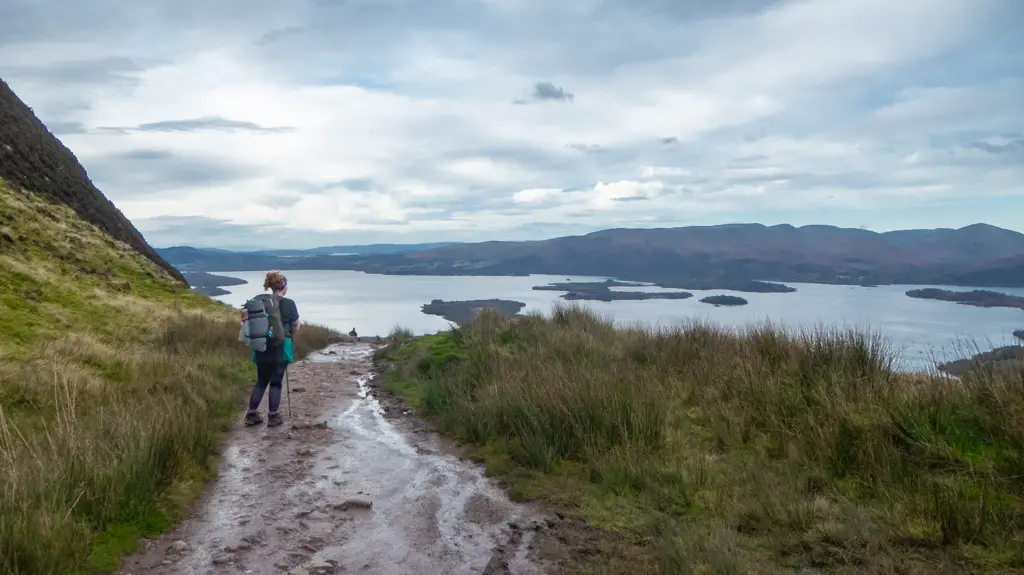
Sallochy Campsite – Rowardennan
This campsite is also located close to Rowardennan along the West Highland Way trail. Families and dogs are welcome and there are great facilities for campers. You are surrounded by trees and even though it is an official campsite, there is a lot of privacy.
Beinglas Farm Campsite – Inverarnan
The beautiful Beinglas Farm Campsite is situated below Ben Glas. The scenery (much like everywhere else on the West Highland Way) is stunning and the campsite is very well facilitated. The shower block is available for guest use and there is a restaurant and bar on site. There is also a small shop in which to stock up on basic essentials. Glamping pods are also available here.
Strathfillan Wigwams – Tyndrum
These beautiful wigwams are perfect for anybody looking for a picturesque glamping spot. The wigwams have foam mattresses, electric outlets and a fire pit. Guests are also able to use the fully equipped kitchen.
Strathfillan Wigwams also have a campsite and an electric hook-up is available for an additional fee. Please note that there is usually a minimum stay of two nights over a weekend.
By The Way – Tyndrum
Doubling up as both a hostel and a campsite, this is a great place to stay in the heart of Tyndrum. There are glamping huts and chalets, not to mention the standard campsite which allows you to pitch your own tent. If you are camping, you get access to the shower block, drying room and communal cooking facilities.
Glencoe Mountain Resort – Glencoe
Located close to Kingshouse Hotel, this is a great budget option for campers. There are microlodges available for hire here as well as camping pitches. These have an incredible view of Rannoch Moor. Cheap and filling food is available in the on-site cafe and is very tasty!
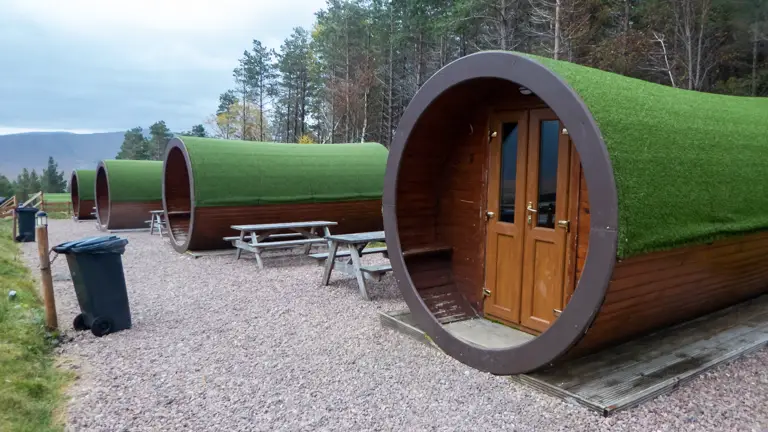
Blackwater Hostel, Glamping & Campsite – Kinlochleven
Blackwater has an option for every budget. The glamping pods are some of the nicest on offer and the campsite is renown for being the ‘best-equipped campsite along the West Highland Way’. It is just a short walk to the local supermarket, pubs and even a delicious fish and chip shop!
Tips for Camping the West Highland Way
- Pack light
It is crucial to remember that whatever you pack for your West Highland Way journey, you will need to carry on your back. The only exception to this is if you are using one of the baggage transfer services, however, you will only have this option if you are staying in hotels or official campsites, not wild camping.
Read this suggested West Highland Way packing list, which includes camping essentials. Remember that the more complex your gear, the more setting up and dismantling you will have to do in the evenings and mornings.
It is best to go camping with a simple set up that is quick and easy to pack away. You’ll save yourself time, added back strain and stress.
- Invest in a water filter bottle
There are plenty of water sources along the West Highland Way so why not reduce your plastic footprint and filter your own drinking water? The bottle that I recommend and personally use is the Grayl Geopress. It not only filters the water but actually purifies it too, removing any bacteria and diseases.
- Prepare for midges
The Highland midges are rife early in the morning and around dusk. They thrive in low light but they struggle to navigate in the wind because they are so light. Any hiker camping the West Highland Way should invest in some Smidge or Avon So Soft body oil to try and keep them at bay. If you are camping, look for somewhere breezy above ground level to best avoid them.
- Watch out for ticks
Ticks are nasty little blighters which as well as being downright annoying, carry a number of diseases. The most well-known of these and something you definitely won’t want to catch is Lyme disease.
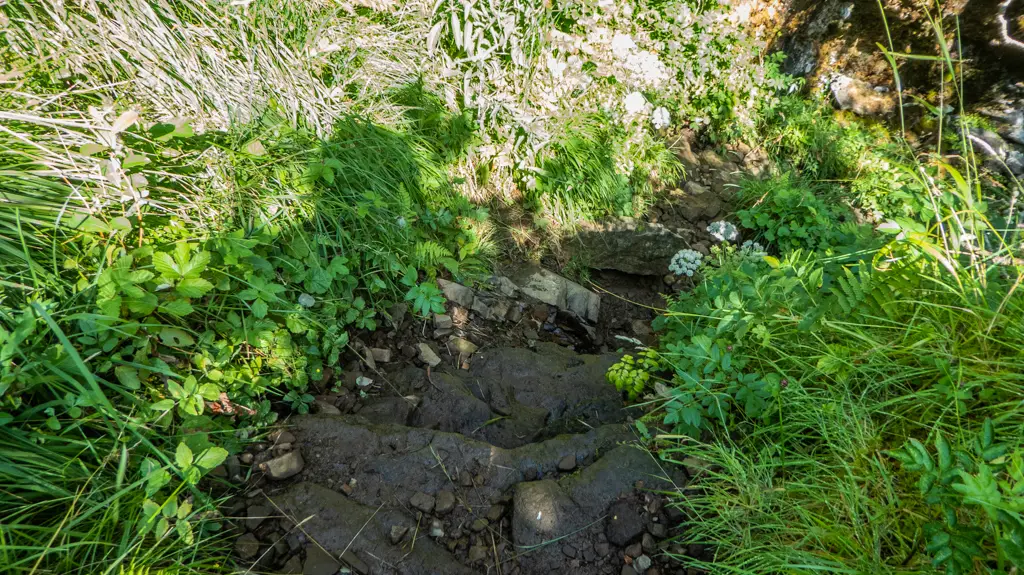
Ticks hide in woodland and long grass which means they are active all over Scotland, especially in the summer. To avoid getting caught out with tick bites, avoid camping in areas around long grass and try not to stray too far from the paths.
Use an insect repellent on your clothing and wear light coloured clothes. This makes it easier to spot the ticks and remove them. Keep your skin covered when possible and regularly inspect your body to make sure you haven’t been bitten.
I definitely recommend keeping a tick remover on you so that you are easily able to remove ticks if you get caught out.
- Grab a copy of the Bothy Bible
Although there are just two bothies on the West Highland Way route, this book will be invaluable to you as you hike around Scotland. It details the locations and facilities of hundreds of bothies all around the highlands and islands.
Why You Should Camp the West Highland Way
Camping is the best way to save money along the West Highland Way and it really makes you feel like you are a part of the landscape rather than just travelling through it. Camping forces you to have an understanding of the weather, the terrain and also of your fellow campers. Whilst hotel stays might be cushy, you’ll get far more out of your experience if you are prepared to truly immerse yourself. All of this is guaranteed to give you some unforgettable memories of the UK’s most loved hiking trail.
Know of any great wild camping spots on the West Highland Way?
Let me know in the comments!

